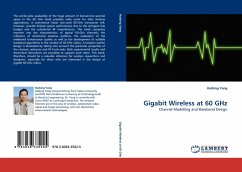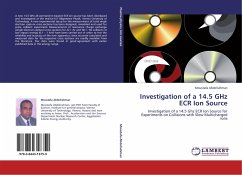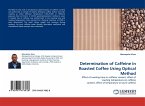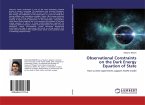The world-wide availability of the huge amount of license-free spectral space in the 60 GHz band provides wide room for Gb/s wireless applications. A commercial (read: low-cost) 60-GHz transceiver will, however, provide limited system performance due to the stringent link budget and the substantial RF imperfections. This book comprises research into the characteristics of typical 60-GHz channels, the influence of directional antenna patterns, the evaluation of the wideband transmission quality as well as the development of suitable baseband algorithms in the context of 60-GHz radios. A baseline system design is illustrated by taking into account the particular properties of the channel, antennas and RF front-ends. Both experimental results and theoretical derivations are provided to support each other. This book, therefore, should be a valuable reference for wireless researchers and designers, especially for those who are interested in the design of gigabit 60-GHz radios.








